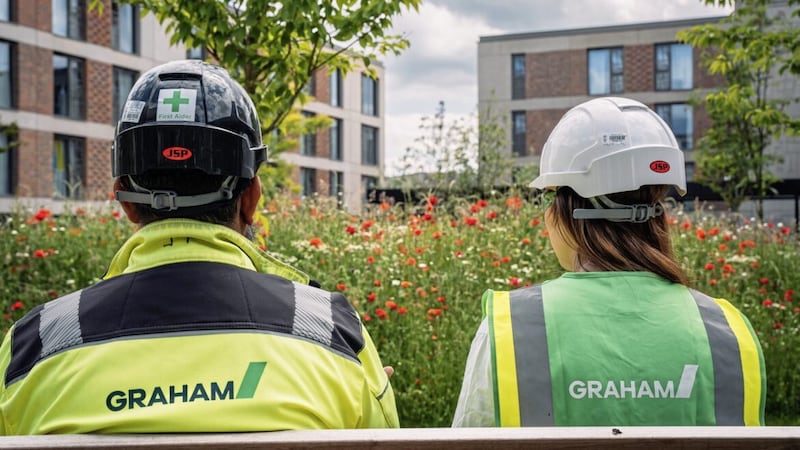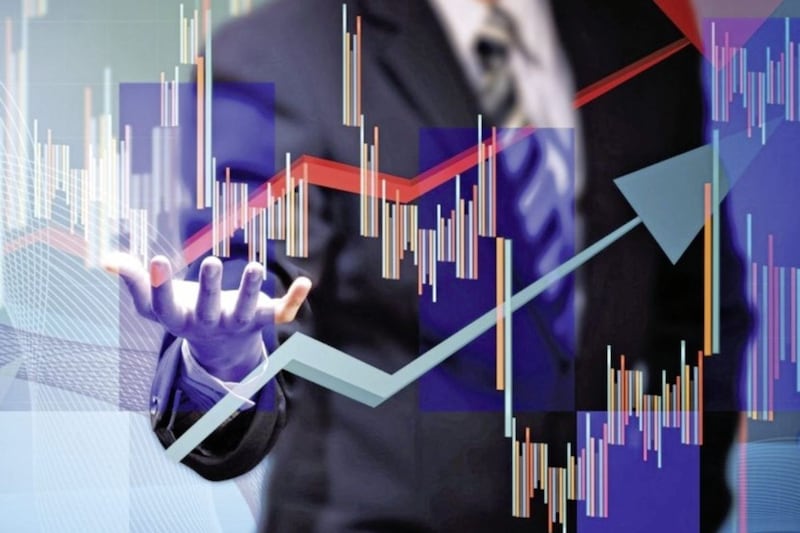AS we start to see a return to normality with rules around face masks, social distancing and self-isolation now downgraded to guidance, it is a good time to reflect on the journey we have experienced over the past two years.
In the week of February 24 2020, markets reacted violently and dramatically to the news of a new and worrying virus that had been identified in China. It was the worst week for markets since the global financial crisis of 2008 and we saw the FTSE fall 11 per cent while Wall Street tumbled 12 per cent. Reversal of this came quickly, however, when barely a month later the markets reached their low point and steadily started to rally in March 2020.
Recovery has been relatively rapid. We have now seen the FTSE 100 go through 7600, the level last seen at the beginning of 2020 before the pandemic. This was, of course, helped by the unprecedented level of support from central banks and government aid in the form of the furlough scheme, which without doubt cushioned the economy from the worst effects of the crisis, avoiding a collapse in employment and providing a welcome boost in confidence.
The result of this was that we have not seen a recession, as might have been expected, given the circumstances, and everything has been accelerated, with a fast bear market followed by a very swift recovery. This means that rather than the conventional slow climb back up with unemployment as the main focus, we are instead fixated on inflation as the major issue.
Markets have also seen a movement from growth to value stocks, with the MSCI Growth index seeing a rise of 50 per cent from the start of the pandemic whereas the value index rose by 24 per cent over the same period. However, this has changed over the course of the pandemic.
The value index has risen 25 per cent in the year from January 2021 compared with a 12 per cent rise in the growth index. This rotation has been the inspiration for many column inches and goes a long way to explaining the relative out-performance of the FTSE 100 since the start of the year as it is heavily weighted in value stocks, such as banks and energy.
So far in 2020 we have seen the technology biased Nasdaq index fall by 13.4 per cent, the S&P 500 decline by 8.76 per cent, the European index down by 5.21 per cent and the FTSE 100 up by 1.75 per cent. The Hang Seng index has been the other out-performer, rising by 3.2 per cent since the start of the year.
The question now is where next? In the midst of this exceptionally stormy weather, it seems that we are still in for choppy markets.
The main economic uncertainty is inflation and therefore interest rates, but there are a number of outside factors. The tensions between Russia and the West over Ukraine has the potential to unsettle markets. We could also yet see more Covid variations. In short there are many things to watch which makes for very interesting times.
:: Cathy Dixon is a partner at the Belfast office of Smith & Williamson Investment Management. This article does not constitute a recommendation to buy or sell investments and the value of any shares may fall as well as rise.








